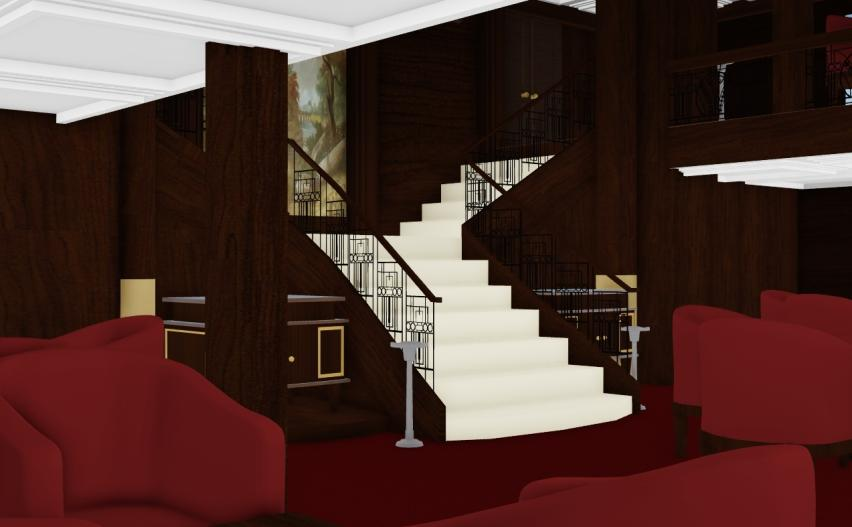by Justin Teoh

Despite Merdeka Day, July and August have been a tumultuous time for Malaysia’s socio-political landscape. Doctors continue to burn out, human rights unjustly violated, and a prime minister elected forgoing the groundwork of democratic principles established since time immemorial. If we are indeed living in a new normal, then there is always a constant stream of discouragement that the rakyat does not look forward to each day. To say that this whole mess is an inconvenience is an understatement. Its sheer magnitude has seen people around us (and ourselves) grieve for familial and symbolic losses; unparalleled kindnesses that could only grow organically and coexist reciprocally. Each distant dying star is still a star. But policies are ever far-reaching, and they went from an approach of effectiveness to one of indifference. Must our experiences be commodified under immense pressure only for them to exchange us for luxuries that may or may not become artificial?
Said events have progressed long enough to raise the question of whether we want our national sejarah, or history, to go down this route. Oppression may make it likely for the pressing consequences to be swept away, and we would either be labeled as unfortunate case studies or wait for some event to really push our plights onto the global limelight. This theme of this issue titled “Paintings On The Wall” reimagines what it would be like if both our personal and collective histories are made evident to every passing visitor.
“Paintings On The Wall” is our biggest issue yet, with more than twenty earnest submissions. On behalf of the talented creators and artists that have observed and tapped into their respective pasts, you will find no shortage of lived art in this textual/visual realm. Overlooked histories. Necessary histories. Rebuttals against the peer pressures of everyday perception. Malaysian thoughts on the Britney Spears conservatorship and the turbulence of Cuba. Empowerment through acknowledgment. Insights from leading youths of our social justice scene and movies. In the relentless pursuit of making ourselves known, we can collectively come to know ourselves better. And that includes you. We welcome you to take part and remember histories of your own.
I stress this again: lived art. If literature, film, music, paintings, belong to the consumption of the public upon release, then it implies a dynamic relationship between artist and consumer. It is obvious that art intends to provoke meaningful reactions through symbolic means, but art also calls for action. A museum and its displays are not stationary; rather, part of what makes a museum valuable to the humanities is its ability to make change, with or without words. In Io’s “Death of the Artist,” an essay piece on the political subversion of art throughout time, they write: “And as more artists rally behind Fahmi’s cause, we are showing those at the top that we are done being complacent.” The definition of “those at the top” may vary depending on a person’s context, but if we all striving towards the better, then we should consider the following quote:
“I am doing my best not to become a museum
of myself. I am doing my best to breathe in and out,
I am begging: Let me be lonely but not invisible.”
— Natalie Diaz, “American Arithmetic”, 2020.